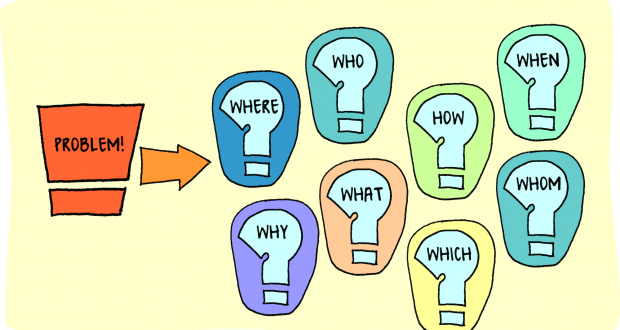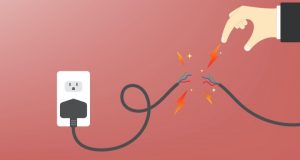In today’s complex world, problem solving training has become a key component of most managerial training programs. Problem solving skills are not limited to managers and leaders, though. They are invaluable in all aspects of life.
A problem exists when there is a gap between the situation as it is and the situation as it should be. There are two types of problems, formal and informal.
Formal and Informal Problems
Formal problems are often presented in written form, like the problem found in arithmetic books. Formal problems are written so you can apply the computational skills you’ve been taught. When you learn to work arithmetic problems, you are learning to solve formal problems. There is usually one right answer to a formal problem.
Informal problems are usually not presented in written form. They are often real life problems. Informal problems rarely have one right answer. Instead, you find the best answer given the circumstances. You must rely heavily on common sense, experiences, and knowledge to solve informal problems. In informal problems, a solution that works once might not work again. When time passes, circumstances change.
Problem Solving Process
When faced with an informal problem, you can apply an eight-step process that will help you reach a suitable solution and make good decisions.
- Identify, define, and diagnose the problem. You must determine what the problem is and the outcome you expect from the solution.
- Gather and analyze the relevant facts. Having pertinent information relating to the problem and interpreting that information is key to developing a solution that works.
- Develop alternate solutions. A problem might have more than one possible solution. Explore all solutions that are feasible.
- Evaluate the alternate solutions. Look at the pros and cons of each alternate solution.
- Select the best alternative. Based on your evaluation, choose the solution that will work best.
- Analyze the possible consequences of the decision. There will be consequences. Determine what they might be and how they will be dealt with.
- Implement the decision. Once you’re sure you have the best solution, go with it.
- Monitor and review the solution program. You should include regular follow-ups to ensure the solution is working the way it should.
Though used by leaders and managers in many organizations, this process can used by anyone and can be applied to many everyday problems. Good problem solving skills are essential to professional and personal development and can make you a better decision maker.
 Blog For Noob Random thought of a Noob Blogger
Blog For Noob Random thought of a Noob Blogger









